Revolutionize Your Golf Swing: The Art of Not Turning
Golfers are always seeking that holy grail of a consistent and powerful swing. Common advice suggests making big shoulder and hip turns, but what if that guidance is leading you astray? What if there’s a simpler, more natural way to tap into the essence of a great golf swing without all the unnecessary rotation that usually gets preached?
Welcome to a fresh perspective on golf swings where we say, “Don’t turn your shoulders. Don’t turn your hips.” Let’s embark on this unconventional journey that might just transform your game.
The Myth of Shoulder and Hip Turns
When we’re instructed to make a big shoulder turn, many interpret it as a flat, rotational move. This is problematic for several reasons:
- It may create consistency issues.
- It compresses the swing.
- There’s too much focus on shoulder movement, and other aspects of the swing may suffer.
Similarly, with the hips, an overemphasis on turning can leave you in awkward, unbalanced positions that do more harm than good.
A New Sensation: Pivoting Over Turning
What we’re aiming for is a swing that leverages our natural anatomy and a pivot technique rather than forcefully placing the club. This pivot approach will maintain better angles and requires less manipulation of the club.
The No-Turn Shoulder Movement
Drop the club and assume your address position with your arms hanging. Imagine turning your shoulders—you’ll end up loaded on the right side but stuck and forced to work hard to get back.
Instead, focus on your core’s natural movement:
- Tilt sideways, bringing your shoulder toward your hip.
- You can practice this by standing taller and leaning to the side.
The No-Turn Hip Movement
For the hips, avoid the mistaken idea of just turning them around. Here’s the key:
- Feel your right hip moving upward, not backward.
- Maintain your original knee angles to avoid dipping.
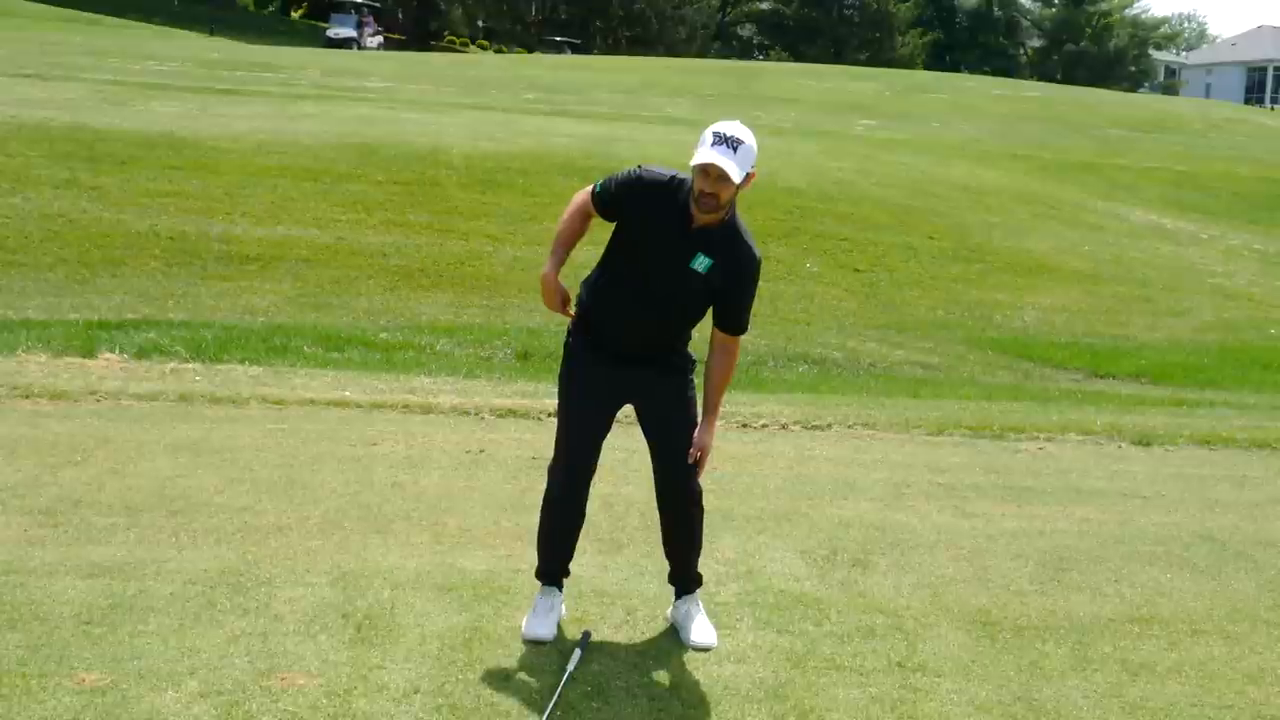
The Practice Drills
Follow these steps to ingrain the proper sensation:
- Tilt sideways and raise your right hip without moving the club.
- Repeat the movement, letting your arms be pulled along.
- Use an alignment stick as a resistance tool to enhance the feeling of winding up.
Place an alignment stick in the ground and feel the resistance as you try to draw it out.
Tilt sideways, raise your right hip, and the stick should come out easily.This movement should feel powerful and natural.
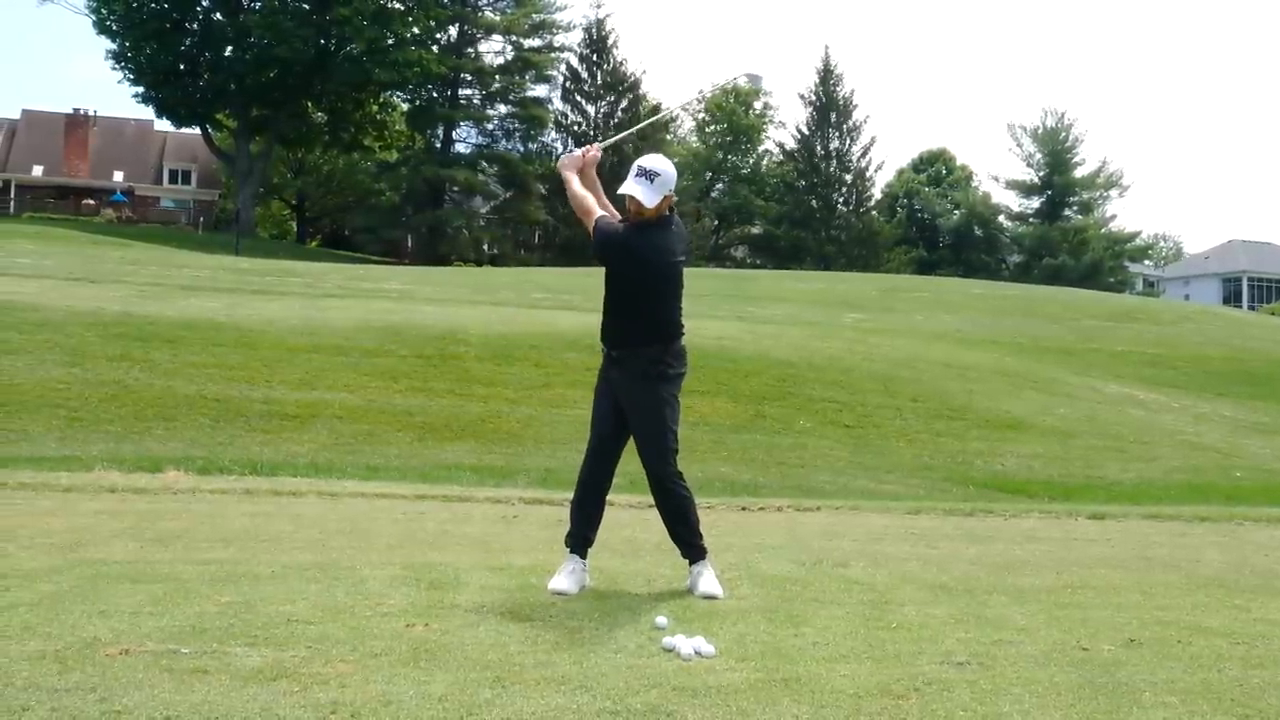
Checkpoints for Success
Here are some checkpoints to ensure your pivot and angles are on point:
- Place the club across your shoulders; ensure it points near the ball at the top of your backswing.
- Check whether your hips are tilting and not turning flat.
- Utilize a mirror or your phone to refine your basics.
The Concept Applied to Irons and Drivers
This pivot method works wonders for both irons and drivers; you only need to adjust your address position accordingly.
The Final Picture
The secret lies in feeling minor movements instead of exaggerating the backswing:
- Shoulders and core move just a few inches sideways and up.
- Hips make a slight upward shift without the roundabout turn.
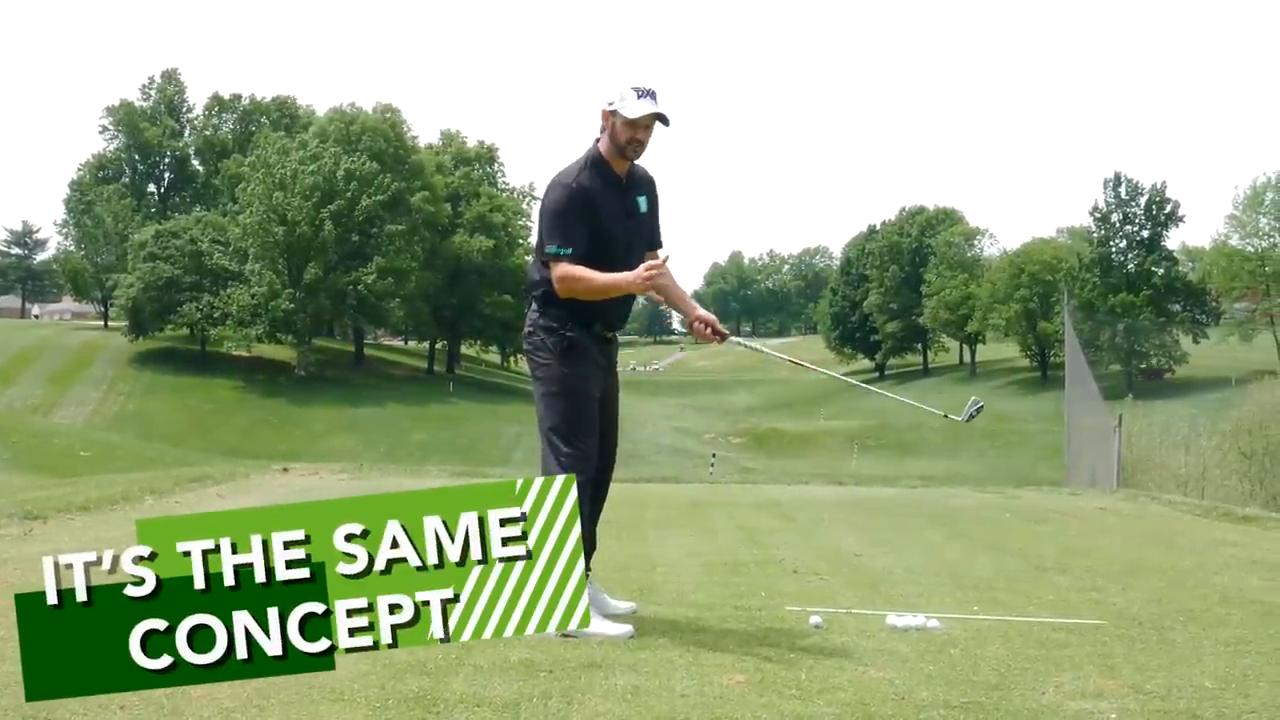
The result? A full shoulder turn naturally follows without conscious effort, leading to a swing that’s both authoritative and less physically taxing.
Conclusion
By understanding and implementing the no-turn theory, you’re likely to experience a surge in power and effortless consistency. Break free from the constraints of traditional turning methods and embrace the efficiency of pivoting.
Remember the beauty of this approach:
“It turns the whole swing to feeling like it’s just a few inches that we’re moving. Much easier than turning.”
Try these techniques on the range and feel your confidence soar. As always, practice is key to mastery, so rehearse these movements until they become second nature.
For those hungry for more, especially on mastering the driver with this no-turn method, stay tuned. The next lesson is bound to bring those ‘aha’ moments, setting you up for success on the tee box.
Keep experimenting, have fun, and I look forward to hearing about your improvements. Any questions or want to share your success? Drop them in the comments!
Happy swinging!
(Note: This blog post is adapted from a conversational transcript and has been enhanced for clarity and instructional value. No formal golf lesson should replace professional, in-person instruction.)

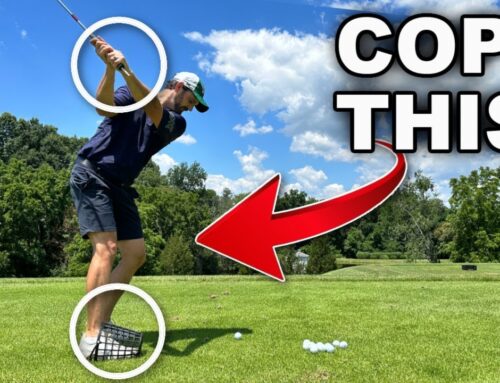
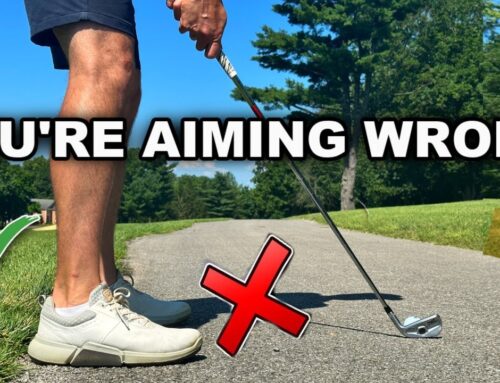
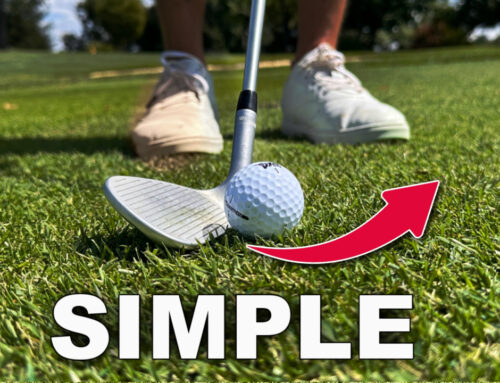

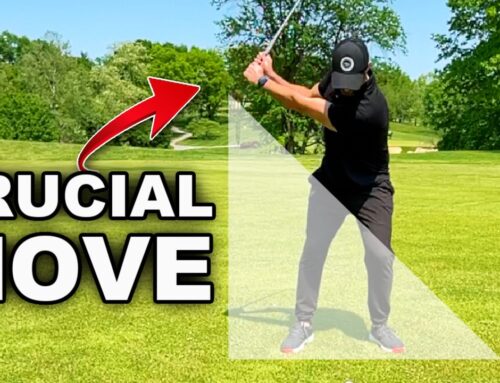
Leave A Comment